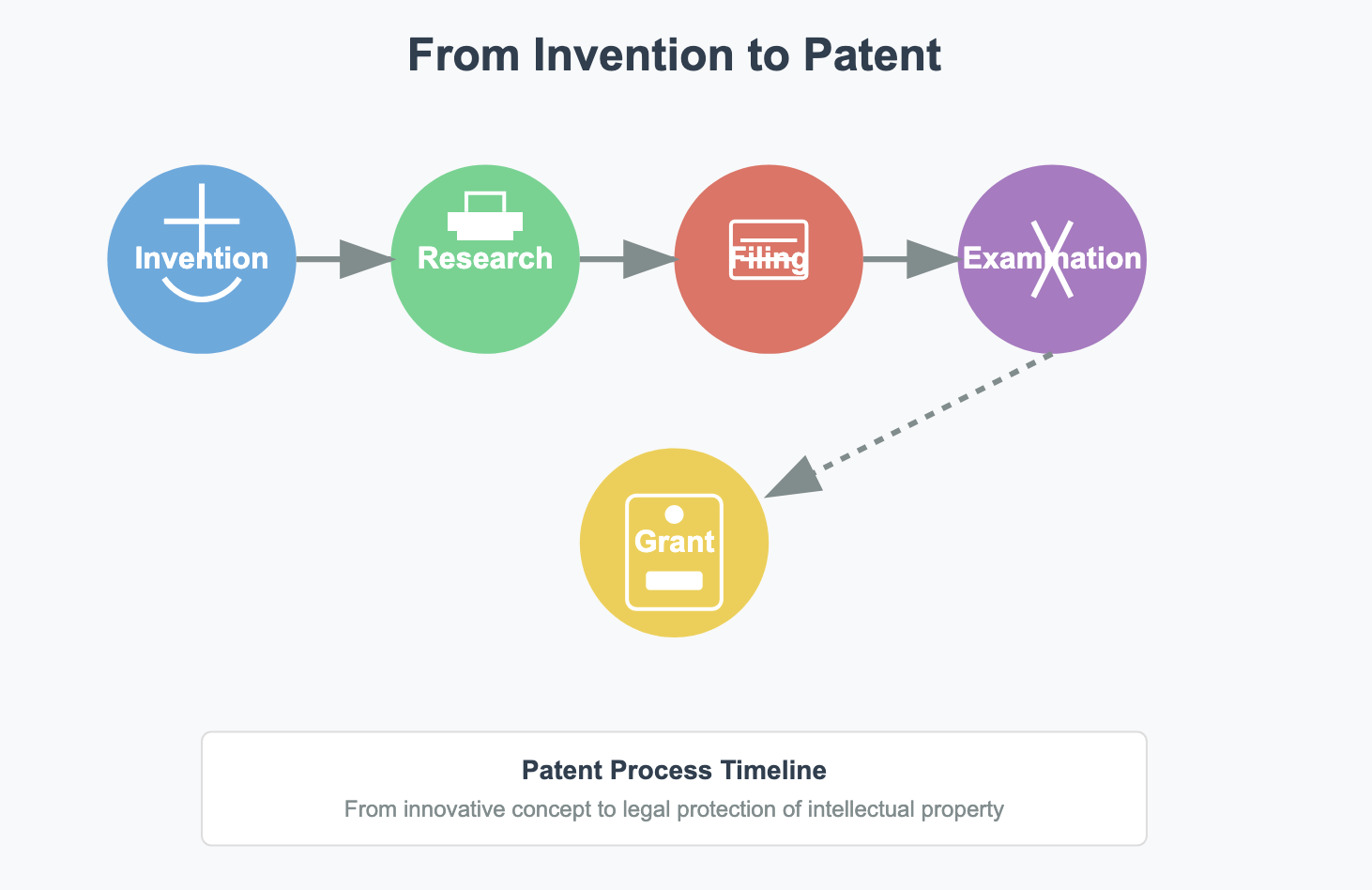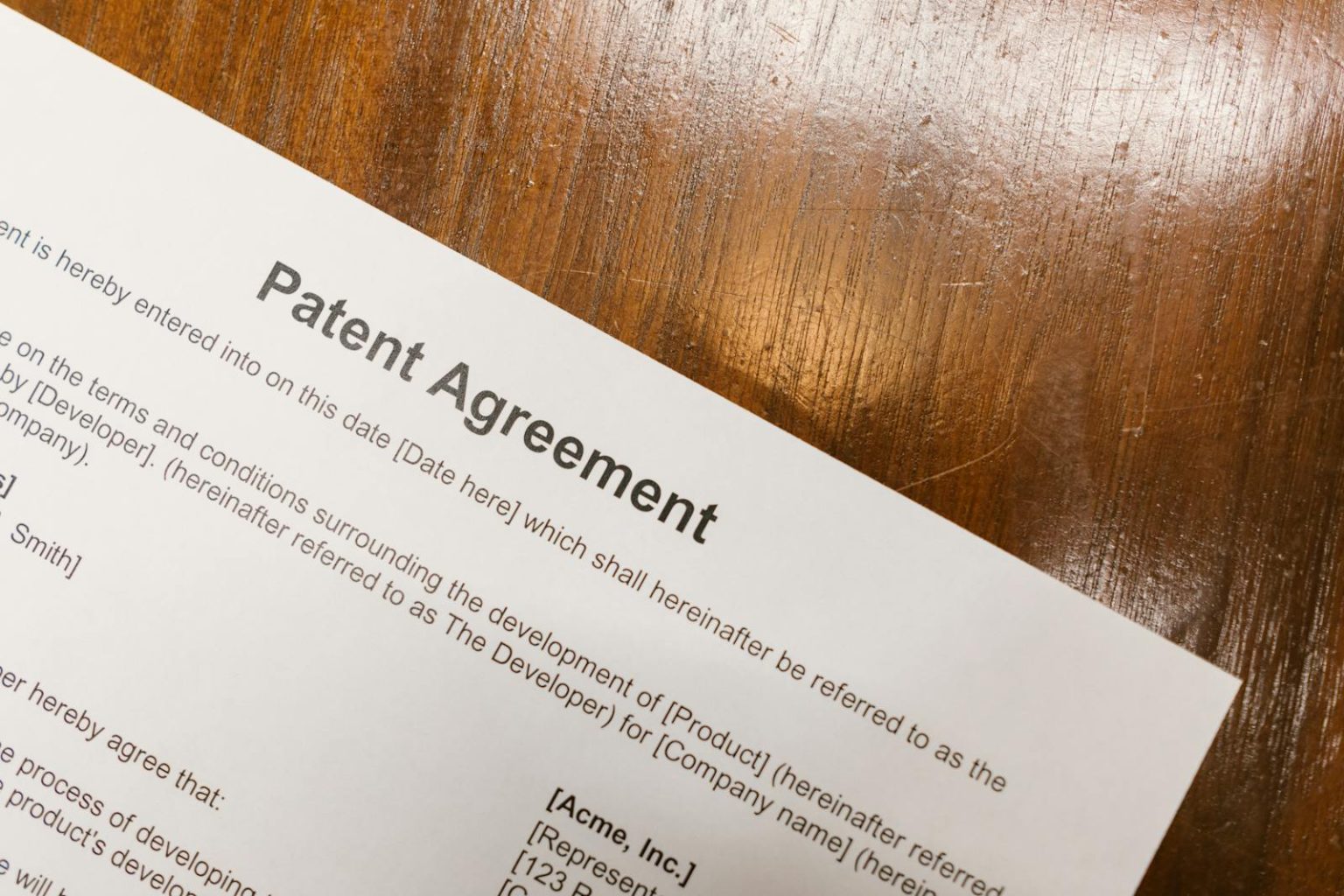Transforming a brilliant idea into a protected, marketable product requires navigating the complex world of intellectual property rights. The journey from concept to patented invention involves multiple stages, specialized expertise, and strategic decision-making. This comprehensive guide explores the patent process, available services, and critical considerations for inventors seeking to secure their innovations.

Understanding the Patent Landscape
Patents grant inventors exclusive rights to their creations for a limited period, typically 20 years from the filing date. This legal protection prevents others from making, using, or selling the invention without permission, creating significant market advantages and monetization opportunities.
However, obtaining a patent is neither simple nor guaranteed. The U.S. Patent and Trademark Office (USPTO) reports that roughly 50% of patent applications ultimately receive approval, often after multiple revisions. The process demands technical precision, legal expertise, and patience—resources that many independent inventors find challenging to provide independently.
The Invention-to-Patent Journey
1. Idea Development and Documentation
The patent process begins with thorough documentation. Inventors should maintain detailed records of their creation process, including:
- Dated sketches and diagrams
- Development notes and iterations
- Prototype photos and testing data
- Witness testimonials
This evidence establishes invention ownership and development timeline—critical factors in potential disputes or patent process challenges. Digital timestamping services and notarized inventor’s journals provide additional verification layers for your documentation.
2. Preliminary Patent Search
Before investing in patent applications, conducting a comprehensive prior art search is essential. This investigation reveals existing patents, publications, or products that might prevent your invention from qualifying as novel or non-obvious—key requirements for patentability.
While inventors can perform basic searches through the USPTO database or Google Patents, professional search services offer deeper analysis by:
- Searching international patent databases
- Examining non-patent literature
- Identifying similar technologies in different applications
- Providing expert analysis of potential conflicts
3. Patentability Assessment
Based on search results, inventors must objectively assess their creation’s patentability. Professional evaluation services can provide this analysis, examining factors like:
- Novelty (is the invention truly new?)
- Non-obviousness (would it be obvious to experts in the field?)
- Utility (does it serve a practical purpose?)
- Statutory eligibility (does it qualify as patentable subject matter?)
These assessments help inventors decide whether to proceed with patent applications or refine their inventions to improve patentability.
Professional Patent Services
Patent Assistance Companies
Firms like InventHelp specialize in guiding inventors through the patent process. These companies typically offer bundled services, including:
- Invention documentation assistance
- Preliminary patent searches
- Patent attorney referrals
- Prototype development support
- Marketing and licensing guidance
Such services provide valuable structure for first-time inventors unfamiliar with the patent process landscape. However, inventors should carefully evaluate service packages, as costs vary significantly, and not all services may be necessary for every invention.
Patent Attorneys and Agents
Patent attorneys—legal professionals with technical backgrounds and specialized USPTO certification—represent the gold standard in patent application preparation. Their expertise ensures that applications precisely describe the invention’s technical details while maximizing the legal protection scope.
The American Bar Association’s Intellectual Property Section provides resources for finding qualified patent attorneys. When selecting representation, consider:
- Technical expertise in your invention’s field
- Experience with similar patents
- Communication style and accessibility
- Fee structure and transparency
- Track record of successful applications
For inventors with budget constraints, patent agents—non-attorney professionals licensed by the USPTO—offer similar application preparation services, often at lower rates.
USPTO Resources
The USPTO itself provides numerous free resources for inventors, including:
- Inventor Assistance Center for general guidance
- Pro Bono Program connecting financially qualifying inventors with volunteer patent attorneys
- Patent and Trademark Resource Centers located nationwide
- Comprehensive online learning materials
These resources, available through the USPTO website, provide valuable education for inventors seeking to understand the patent process before engaging in paid services.
Patent Application Options
Provisional Patent Applications
Many inventors begin with provisional patent process applications—simplified filings that establish a priority date without the formal requirements of regular applications. These provide:
- 12 months of “patent pending” status
- Time to refine the invention and assess market potential
- Lower initial costs
- Opportunity to attract investors while preserving rights
However, non-provisional applications within one year must follow provisionals, or protection is lost. Additionally, a poorly prepared provisional can undermine later applications if it inadequately describes the invention.
Non-Provisional Applications
The standard utility patent process application includes:
- Detailed specifications describing the invention
- Claims defining the legal protection scope
- Professional drawings illustrating the invention
- Formal filing documents and fees
Preparing these complex documents typically requires professional assistance to ensure the application withstands examination and potential legal challenges.
International Patent Protection
For inventions with global market potential, international patent strategies become essential. The Patent Cooperation Treaty (PCT) system allows inventors to file a single application preserving rights in 153 countries, followed by national applications in targeted markets. International patent service providers specialize in navigating these multi-jurisdictional complexities.
Beyond the Patent: Commercialization Services
Securing a patent represents just one step toward successful invention commercialization. Additional services support inventors in bringing products to market:
Prototype Development
Professional prototype developers transform concepts into functional models for:
- Testing and refining the invention
- Demonstrating functionality to potential investors
- Preparing for manufacturing
- Marketing to potential licensees
These services range from simple visual models to fully functional prototypes ready for production scaling.
Licensing and Manufacturing Support
For inventors preferring not to manufacture themselves, licensing specialists facilitate connections with established manufacturers. These services typically include:
- Market analysis identifying potential licensees
- Professional presentation materials
- Negotiation support
- Licensing agreement development
Marketing and Distribution
Invention marketing services help creators reach appropriate audiences through:
- Industry-specific trade show representation
- Digital marketing campaigns
- Retail buyer presentations
- E-commerce platform development
Conclusion: Choosing the Right Patent Services
The optimal patent service combination depends on factors including:
- Invention complexity and technical field
- Market potential and competitive landscape
- Available budget and timeline
- Inventor’s personal involvement preferences
- Long-term commercialization goals
Inventors can navigate the challenging journey from concept to protected, marketable products by understanding available services and strategically selecting appropriate support. The investment in quality patent process services often determines whether an invention receives legal protection and how valuable and enforceable that protection ultimately becomes.
Photo by RDNE Stock project; Pexels

